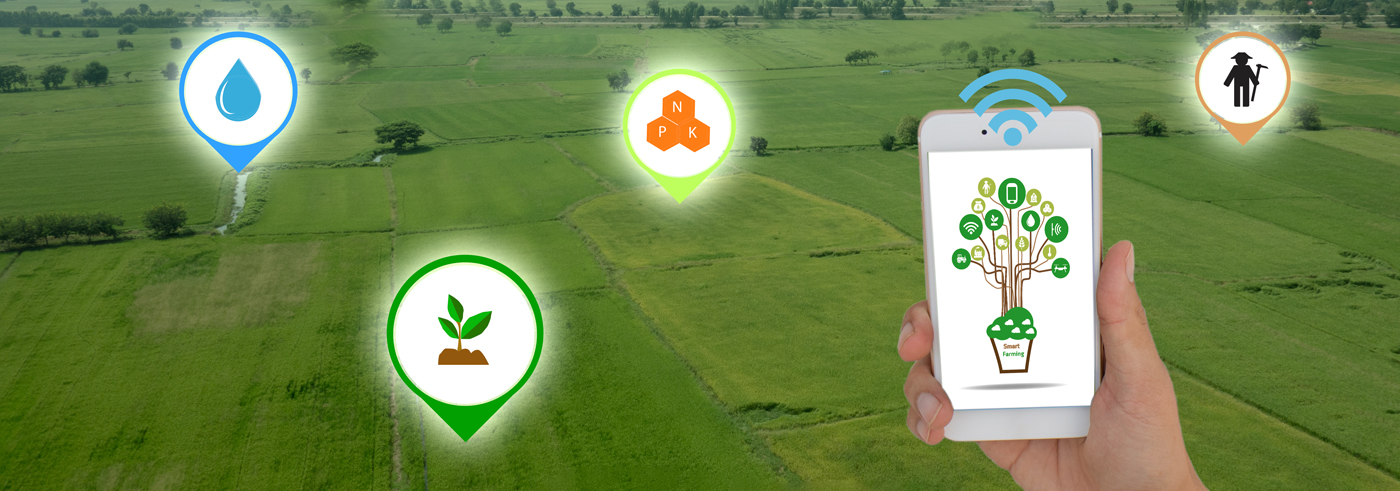TURKEY SETS UP SPACE TECHNOLOGIES IN FARMING ACROSS GAP REGION...
Turkey still has a long way to reach the stars but remains committed to improving local satellite and space technology. The space directorate of a state-run body found grounds for cooperation with a development organization in the country's southeast to ensure agricultural development using space technologies. The "Precision Agriculture and Expansion of Sustainable Practices" project, run by the space department of the Scientific and Technological Research Council of Turkey (TÜBİTAK) and the Southeastern Anatolia Project (GAP) Regional Development Directorate, is helping farmers increase efficiency. With more technological assistance, Turkey plans to save at least 25 percent in fertilizer use, the highest cost for farmers.
Turkey recently set up a space agency and concentrated efforts on research and development in space technologies. It has also successfully built communication satellites. Now it uses its experience in precision agriculture, which is also called satellite farming or site-specific crop management. Precision agriculture is an agricultural concept based on observing, measuring and responding to inter and intra-field variability in crops. The project primarily aims to make the right amount of agricultural input at the right time to reach the best efficiency levels, particularly in fertilizer use.

The GAP, one of the world's largest and most comprehensive sustainable development projects, has so far boosted Turkey's agricultural production and significantly contributed to exports. The 32 billion dollars GAP, launched in the 1980s, is one of the world's largest and most comprehensive sustainable development projects. It focuses on efficient irrigation methods and a water infrastructure development scheme, among many other things. It has seen a gradual increase in investments each year.
In the absence of development, the region's resources were underused or misused and for decades, regional growth was stunted. A campaign of violence by the terrorist group PKK and negligence on the part of authorities are blamed for lack of growth. The regional development project seeks to change the fate of the southeast by extending it a much-needed lifeline.
The Turkish government put the project on the list of its priorities in 2007 and launched a GAP Action Plan covering five years, from 2008 to 2012. The plan aimed to complete basic infrastructure work, particularly in irrigation, at least partially, and launch primary programs and sub-projects for economic and social development to accelerate overall regional development. In the first step of the TÜBİTAK-GAP cooperation, with the assistance of a top state-run defense company and Turkey's Göktürk 2 satellite as well as European Union and NASA satellites, images of the region were recorded. Defense Industry Directorate of the state also took aerial photos of Harran Plain at the heart of GAP with hyperspectral cameras. Simultaneously with aerial data collection, authorities collected data on the ground in different phases of wheat, corn and cotton cultivation.
Comments
Post a Comment